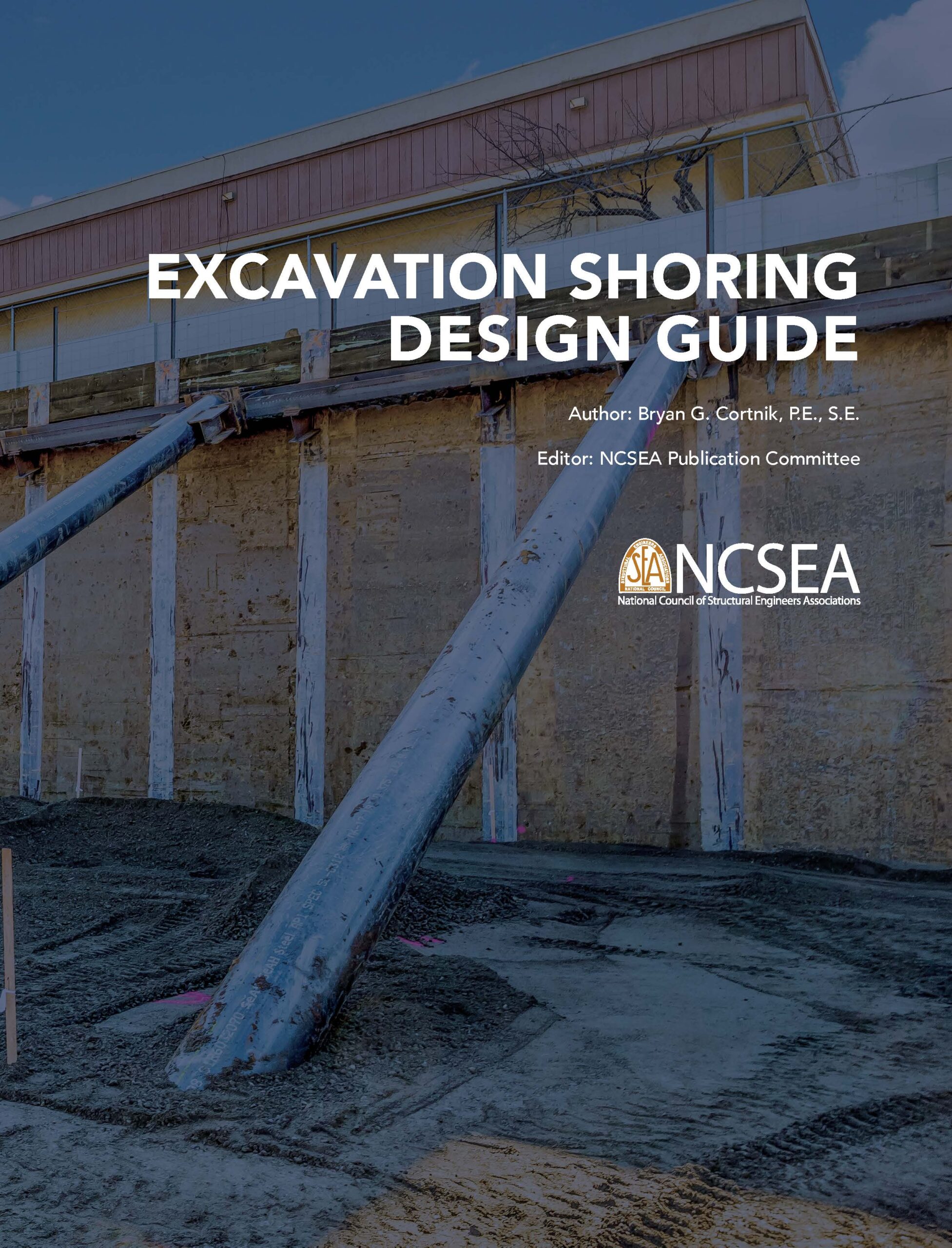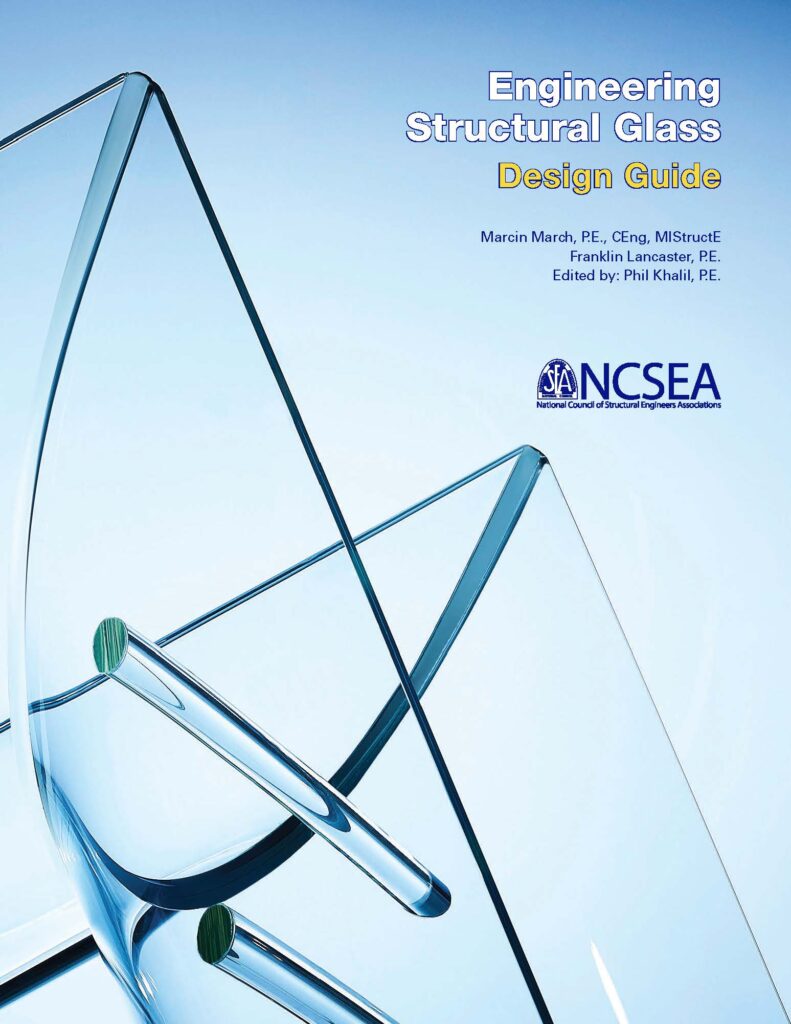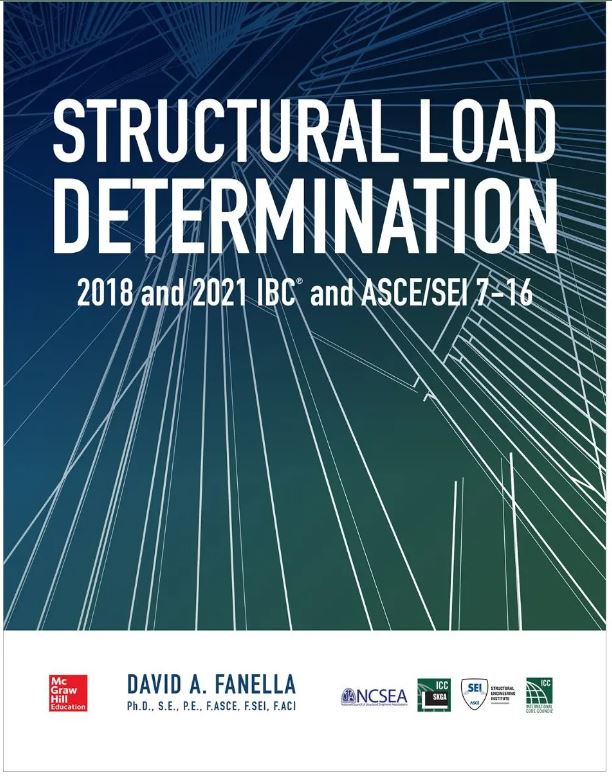NCSEA Publications

Excavation Shoring Design Guide
Reviewing a pertinent worked example bolsters any designer’s confidence. The more detailed the worked example is, the better. This design guide is comprised solely of such detailed worked examples.
Excavation support mechanics are adequately described in widely available manuals. Article 68 of Terzaghi’s Theoretical Soil Mechanics describes the standard of practice from 1943 when excavation shoring was still called “timbering.” Agencies with an interest in safe and stable excavation support have been issuing design manuals ever since, updating them every decade or so to include new construction techniques and support changing procurement practices. The most widely used publications include:
- The Federal Highway Administration’s Geotechnical Engineering Circulars No. 2, No. 4, and No. 7;
- Section 4 of AASHTO’s Guide Design Specifications for Bridge Temporary Works;
- The Caltrans Trenching and Shoring Manual, which is useful even if your project is not located in California; and
- The US Army Corps of Engineers manual, Design of Sheet Pile Walls.
These references cover broad topics, including site characterization and earth pressure diagrams, soil/grout bond strengths, and deflection curves. They focus on sizing the shoring system’s principal members, but this NCSEA Excavation Shoring Design Guide extends farther by providing the real construction details that are necessary to round out complete designs. Using these examples as templates will reduce review comments and requests for information (RFIs).
Author: Bryan G. Cortnik, P.E., S.E.

Engineering Structural Glass Design Guide
The intent of this Guide is to collate relevant design references, requirements, and analysis methods into a single source for easy reference. The reader is encouraged to carry out more comprehensive research to accompany this Guide; the history of glass, fracture mechanics, Finite Element Analysis theory, and many other topics receive only a limited primer here and are subjects for which other more comprehensive documents should be referenced.
This Guide is intended to assist in determining the capacity of glass elements, augmented or reduced by the various relevant factors, and assumes industry standard levels of quality with regard to fabrication and installation. The reader should be aware that often quality levels vary considerably, and recognition of this variability is always an important aspect to consider during the design process.
Authors: Marcin March, P.E., CEng, MIStructE, and Franklin Lancaster, P.E., and edited by Phil Khalil, P.E.
ICC Publication

Structural Load Determination 2018 and 2021 IBC and ASCE/SEI 7-16
This publication has been developed to assist designers in the proper understanding and determination of structural loads in accordance with the 2012 edition of the International Building Code® (IBC®) and ASCE/SEI 7-10, including dead load, occupancy live load, roof live load and environmental loads such as rain, snow, ice, flood, wind and seismic loads.
NCSEA Structural Engineering Summit
Network and connect in Vegas with the best in structural engineering! Join us at MGM Grand Hotel, Nov 5-8, to learn from the experts, discuss challenges, and enhance leadership skills.
